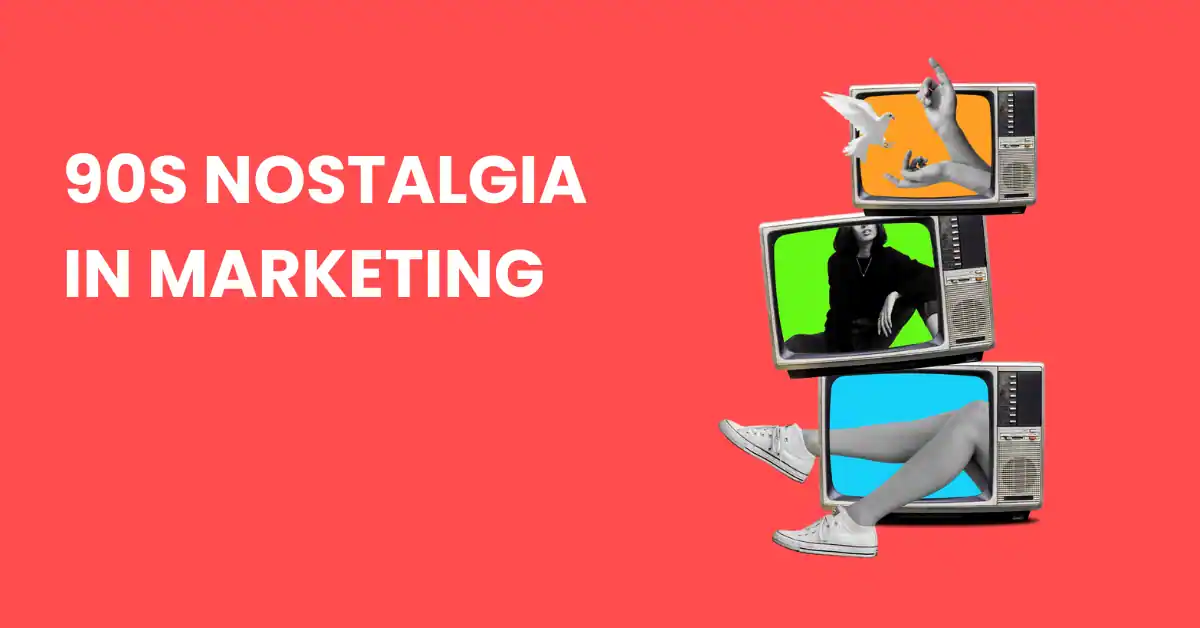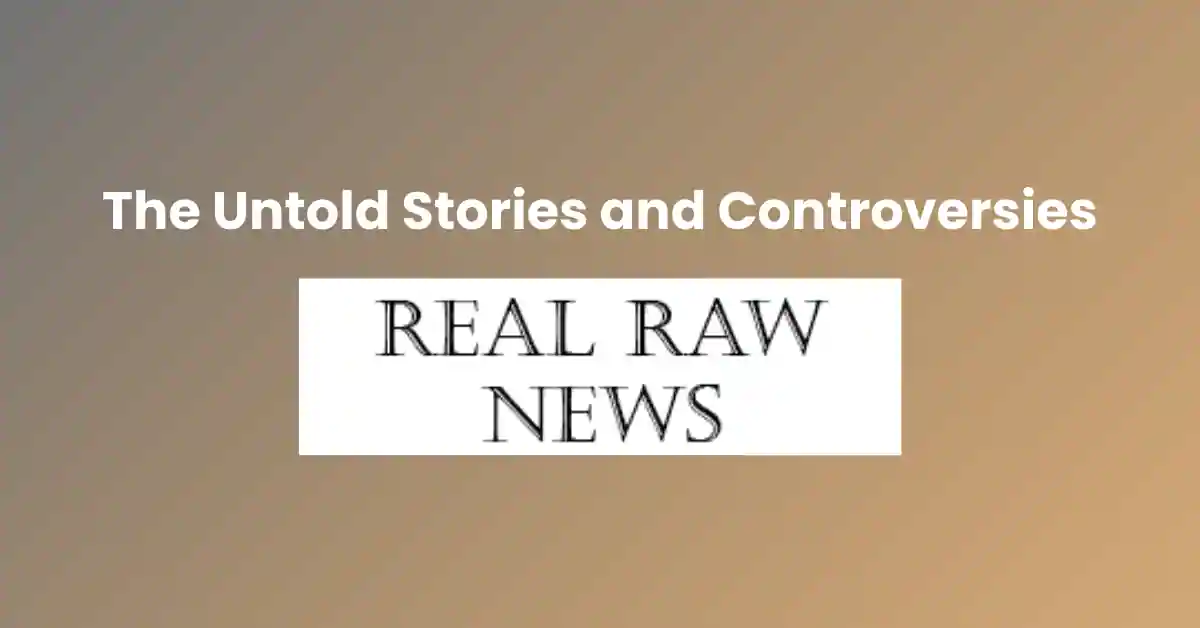Ah, the 90s—a time when cassette tapes ruled the airwaves, flip phones were the height of technology, and the Internet was just starting to take off. For many, this decade represents a cherished era filled with vibrant pop culture, memorable trends, and good vibes. Today, brands are tapping into this rich vein of nostalgia in their marketing strategies, creating campaigns that resonate deeply with consumers. In this article, we’ll explore the power of 90s nostalgia in marketing, its elements, successful case studies, and tips for crafting your own nostalgic campaign.
Table of Contents
ToggleThe Power of Nostalgia
Nostalgia isn’t just a sentimental longing for the past; it’s a powerful marketing tool. It can evoke emotions, spark memories, and create connections between consumers and brands. When leveraged correctly, nostalgia can transform a mundane product into a beloved experience.
Understanding Nostalgia
Nostalgia is that warm, fuzzy feeling you get when you think about your childhood or significant moments from your past. It’s a mix of happiness and sadness—a yearning for something that once was. Brands have started to harness this emotion, tapping into our collective memory to evoke positive associations.
Why Nostalgia Works
So, why does nostalgia have such a strong hold on us? Well, it often brings comfort and familiarity in a fast-paced, ever-changing world. For many, the 90s represent simpler times, making consumers more receptive to brands that can evoke those memories. Plus, nostalgia can enhance brand loyalty, making customers more likely to return to brands that remind them of their youth.
Elements of 90s Nostalgia
When diving into the world of 90s nostalgia, several key elements stand out. Let’s take a closer look!
Pop Culture References
Remember the days of “Friends,” “The Fresh Prince of Bel-Air,” and “Titanic”? These cultural touchstones serve as a nostalgic backdrop for many marketers. Using references from beloved TV shows, movies, and even video games can create instant recognition and warmth. For instance, a pizza brand featuring a throwback to a classic 90s sitcom episode can make a campaign memorable and relatable.
Fashion Trends
The 90s had its fair share of iconic fashion trends—think chokers, crop tops, and high-waisted jeans. Brands can leverage these trends in their marketing, whether through retro-styled clothing lines or campaigns showcasing familiar styles. Just look at the resurgence of brands like Tommy Hilfiger and Champion, which have effectively re-embraced their 90s roots to capture a new generation’s interest.
Music and Soundtracks
Music from the 90s is another nostalgia-filled avenue. Whether it’s catchy jingles reminiscent of commercials or playlists filled with boy bands and grunge rock, incorporating these tunes can enhance emotional connections. For example, using a hit song from the era in an ad can transport viewers back to their teenage years, creating a powerful association with the product.
Iconic Brands and Products
Certain brands are synonymous with the 90s, like Pepsi, Blockbuster, and Game Boy. Tapping into these iconic brands can evoke a sense of nostalgia that resonates with consumers. Limited-edition product releases or nostalgic collaborations can be incredibly effective in capturing attention and sparking interest.
Nostalgia in Modern Marketing
Nowadays, brands are not just reminiscing about the past; they are actively incorporating nostalgia into their marketing strategies.
Case Studies: Successful Campaigns
Several brands have successfully executed nostalgic marketing campaigns. For instance, in 2020, Snickers launched an ad featuring a classic 90s-style sitcom setting, instantly capturing viewers’ attention. Similarly, Coca-Cola’s nostalgic holiday ads featuring Santa Claus evoke fond memories and warmth, reminding us of shared traditions.
The Role of Social Media
Social media platforms like Instagram and TikTok have become ideal spaces for nostalgic marketing. Brands can use short video clips, memes, and challenges to connect with consumers, often using retro aesthetics to capture attention. Engaging with users through nostalgia-driven content can foster community and brand loyalty.
Creating Your Nostalgic Campaign
So, how can you craft your own nostalgic marketing campaign?
Identifying Your Target Audience
Start by understanding your audience. What era resonates with them? Is it the 90s, 80s, or even early 2000s? Knowing your audience will guide your nostalgic approach. Conduct surveys or focus groups to gather insights and preferences.
Incorporating 90s Elements
Once you’ve identified your audience, think about how to weave 90s elements into your campaign. This could be through visuals, references, or even product design. Consider using bright colors, funky fonts, and retro imagery to create that nostalgic vibe.
Balancing Nostalia with Modernity
While nostalgia is essential, remember to balance it with a modern touch. The key is to make your campaign relevant to today’s audience while still evoking that beloved nostalgia. Whether through innovative storytelling or updated aesthetics, keep your brand’s voice and message consistent.
Conclusion
In conclusion, 90s nostalgia in marketing is a powerful tool that can engage consumers, create emotional connections, and drive brand loyalty. By tapping into beloved pop culture, fashion, music, and iconic products from the 90s, brands can craft memorable campaigns that resonate with audiences both old and new. As we continue to navigate a rapidly changing market, leveraging nostalgia might just be the secret sauce for success. So, why not give it a try? After all, everyone loves a good throwback!
FAQs
What is nostalgia in marketing?
Nostalgia in marketing refers to the practice of using elements from the past to evoke emotions and create connections with consumers. It taps into fond memories, making brands more relatable and likable.
Why is the 90s significant for nostalgia?
The 90s is significant for nostalgia because it represents a time of cultural shifts, memorable trends, and iconic media. Many individuals look back on this decade fondly, making it a rich source for marketers.
How can brands incorporate nostalgia?
Brands can incorporate nostalgia by using retro visuals, music, pop culture references, and fashion trends from the past. Creating campaigns that resonate with consumers’ memories is key.
Are there risks in using nostalgia?
Yes, there are risks. Brands must ensure that their nostalgic references resonate with their target audience and avoid alienating newer customers who may not share the same memories.
What are some successful examples of nostalgia in marketing?
Successful examples include Coca-Cola’s holiday campaigns, Snickers’ 90s-style sitcom ads, and various fashion brands reintroducing 90s styles to connect with consumers.





